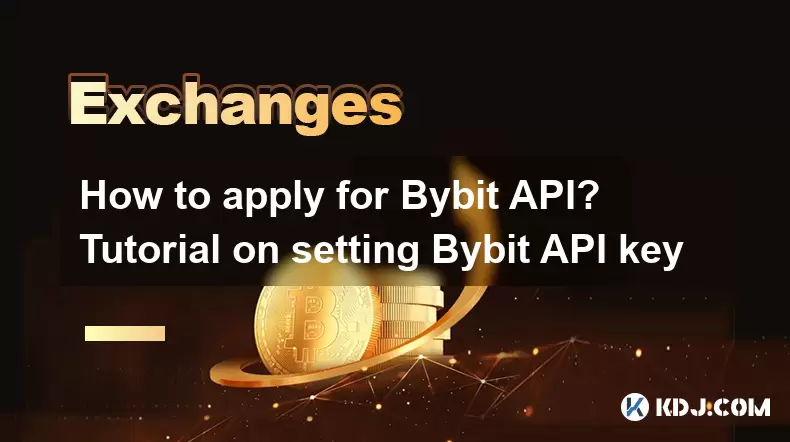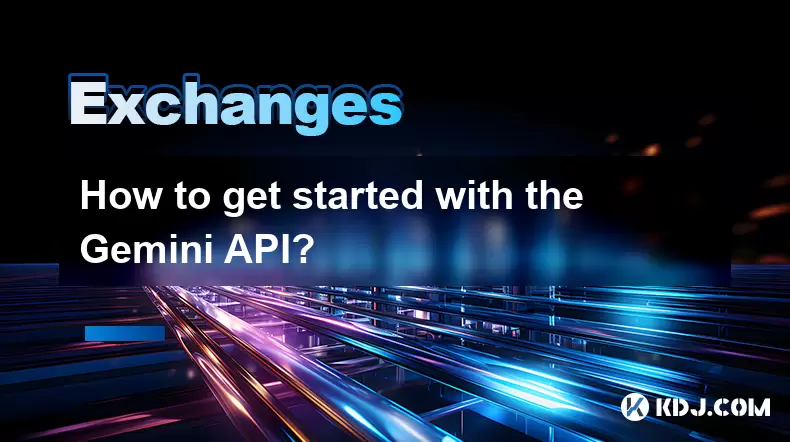-
 Bitcoin
Bitcoin $114500
-0.31% -
 Ethereum
Ethereum $3648
1.11% -
 XRP
XRP $3.033
-0.27% -
 Tether USDt
Tether USDt $0.9999
-0.01% -
 BNB
BNB $758.5
-0.32% -
 Solana
Solana $167.5
1.48% -
 USDC
USDC $0.9998
-0.02% -
 TRON
TRON $0.3331
0.74% -
 Dogecoin
Dogecoin $0.2039
0.25% -
 Cardano
Cardano $0.7419
-0.46% -
 Hyperliquid
Hyperliquid $39.21
2.66% -
 Stellar
Stellar $0.4049
-1.95% -
 Sui
Sui $3.483
-0.56% -
 Bitcoin Cash
Bitcoin Cash $570.8
2.89% -
 Chainlink
Chainlink $16.67
-0.57% -
 Hedera
Hedera $0.2470
-1.57% -
 Ethena USDe
Ethena USDe $1.001
0.00% -
 Avalanche
Avalanche $22.36
1.52% -
 Litecoin
Litecoin $123.4
4.35% -
 UNUS SED LEO
UNUS SED LEO $8.989
0.09% -
 Toncoin
Toncoin $3.324
-2.40% -
 Shiba Inu
Shiba Inu $0.00001219
-1.30% -
 Uniswap
Uniswap $9.811
2.54% -
 Polkadot
Polkadot $3.662
-0.07% -
 Monero
Monero $295.5
-3.85% -
 Dai
Dai $1.000
0.01% -
 Bitget Token
Bitget Token $4.345
0.24% -
 Cronos
Cronos $0.1380
0.95% -
 Pepe
Pepe $0.00001044
-1.14% -
 Ethena
Ethena $0.5981
-4.24%
How to apply for Bybit API? Tutorial on setting Bybit API key
To apply for a Bybit API key, log into your Bybit account, navigate to the API Management section, and create a new key with customized permissions and 2FA verification.
Jun 08, 2025 at 08:21 am

Applying for a Bybit API key is an essential step for traders who want to automate their trading strategies or integrate Bybit's services into their applications. Bybit, a leading cryptocurrency exchange, offers a robust API that allows users to access real-time market data, execute trades, and manage their accounts programmatically. This tutorial will guide you through the process of applying for a Bybit API key and setting it up for use.
Understanding Bybit API Keys
Before diving into the application process, it's important to understand what Bybit API keys are and their purpose. Bybit API keys are unique identifiers that grant access to Bybit's API services. They come in two forms: the API Key and the Secret Key. The API Key is used to identify your account, while the Secret Key is used to sign requests, ensuring that only authorized users can interact with your account.
Preparing to Apply for a Bybit API Key
To apply for a Bybit API key, you need to have an active Bybit account. If you don't have one, you can sign up on the Bybit website. Once you have your account ready, log in to proceed with the API key application.
Accessing the API Management Page
After logging into your Bybit account, navigate to the API Management section. You can find this under the Account or Settings menu, depending on the interface version you are using. Once you're on the API Management page, you'll see an option to create a new API key.
Creating a New Bybit API Key
To create a new API key, follow these steps:
- Click on the "Create New API Key" button. This will open a form where you'll need to fill in some details.
- Enter a label for your API key. This label helps you identify the purpose of the key, which is useful if you plan to create multiple keys for different applications or strategies.
- Set the permissions for your API key. Bybit allows you to customize the permissions, so you can choose whether the key can only read data, or if it can also execute trades and withdraw funds. For security reasons, it's recommended to limit the permissions to what's strictly necessary for your use case.
- Enter your two-factor authentication (2FA) code. This step is crucial for securing your account and ensuring that only you can create API keys.
After filling in the required information and submitting the form, Bybit will generate your API Key and Secret Key. Make sure to copy and securely store these keys, as you won't be able to view the Secret Key again.
Setting Up Your Bybit API Key
Once you have your API Key and Secret Key, you need to set them up in your application or trading bot. The exact steps for setting up the API key will depend on the software you're using, but generally, you'll need to:
- Locate the API settings section in your application or trading bot. This is usually found in the settings or configuration menu.
- Enter your Bybit API Key into the designated field.
- Enter your Bybit Secret Key into the designated field.
- Save the settings. Some applications may require you to restart the software for the changes to take effect.
Testing Your Bybit API Key
After setting up your API key, it's a good idea to test it to ensure it's working correctly. You can do this by making a simple API request, such as fetching the current market data or placing a test order. Most applications and trading bots will have a feature to test API connections, so make use of this to verify that your key is functioning as expected.
Securing Your Bybit API Key
Security is paramount when dealing with API keys. Here are some best practices to keep your Bybit API key secure:
- Never share your API Key or Secret Key with anyone. Treat them like passwords.
- Use different API keys for different applications or strategies. This limits the potential damage if one key is compromised.
- Regularly review and revoke unused API keys. Bybit allows you to manage your keys from the API Management page, so make use of this feature to keep your account secure.
- Enable IP whitelisting. Bybit offers an option to restrict API access to specific IP addresses, adding an extra layer of security.
Troubleshooting Common Issues with Bybit API Keys
If you encounter issues with your Bybit API key, here are some common problems and their solutions:
- Invalid API Key or Secret Key. Double-check that you've entered the correct keys and that they haven't been accidentally deleted or modified.
- Permissions Issues. Ensure that your API key has the necessary permissions for the operations you're trying to perform. You may need to create a new key with the correct permissions.
- Rate Limiting. Bybit has rate limits on API requests to prevent abuse. If you're hitting these limits, you may need to adjust your application to make fewer requests or spread them out over time.
Frequently Asked Questions
Q: Can I use the same Bybit API key for multiple applications?
A: While it's technically possible to use the same API key for multiple applications, it's not recommended for security reasons. If one application is compromised, all applications using the same key could be at risk. It's better to create separate keys for each application.
Q: How often should I rotate my Bybit API keys?
A: There's no strict rule on how often to rotate API keys, but as a best practice, consider rotating them every few months or whenever you suspect a security breach. Rotating keys regularly helps maintain the security of your account.
Q: What should I do if I lose my Bybit Secret Key?
A: If you lose your Bybit Secret Key, you'll need to create a new API key. Unfortunately, Bybit does not provide a way to retrieve a lost Secret Key, so always store your keys securely.
Q: Can I use Bybit's API to trade on behalf of other users?
A: No, Bybit's API is designed for personal use and does not support trading on behalf of other users. Each user must have their own API key linked to their account.
Disclaimer:info@kdj.com
The information provided is not trading advice. kdj.com does not assume any responsibility for any investments made based on the information provided in this article. Cryptocurrencies are highly volatile and it is highly recommended that you invest with caution after thorough research!
If you believe that the content used on this website infringes your copyright, please contact us immediately (info@kdj.com) and we will delete it promptly.
- Meme Coins Skyrocket: Is Dogecoin About to Be Dethroned?
- 2025-08-06 03:50:13
- Tether's On-Chain Surge: USDT Dominates and Drives Blockchain Fees
- 2025-08-06 02:50:13
- Bitcoin, Treasury, Country: Bolivia Follows El Salvador's Lead, While TON Strategy Co. Makes Waves
- 2025-08-06 03:50:13
- Succinct's PROVE Token & Mainnet Launch: A New Era for ZK Proofs
- 2025-08-06 02:50:13
- CEA Industries Rebrands as BNB Network Company: A New Era for BNB Treasury
- 2025-08-06 03:55:14
- Terra Classic's Market Module Revival: The v3.5.0 Upgrade and What It Means for LUNC
- 2025-08-06 02:30:12
Related knowledge

How to set and manage alerts on the Gemini app?
Aug 03,2025 at 11:00am
Understanding the Gemini App Alert SystemThe Gemini app offers users a powerful way to stay informed about their cryptocurrency holdings, price moveme...

How to use the Gemini mobile app to trade on the go?
Aug 04,2025 at 09:14am
Setting Up the Gemini Mobile AppTo begin trading on the go using the Gemini mobile app, the first step is installing the application on your smartphon...

How to set up a corporate account on Gemini?
Aug 05,2025 at 03:29pm
Understanding Gemini Corporate AccountsGemini is a regulated cryptocurrency exchange platform that supports both individual and corporate account crea...

What to do if you forgot your Gemini password?
Aug 04,2025 at 03:42am
Understanding the Role of Passwords in Gemini AccountsWhen using Gemini, a regulated cryptocurrency exchange platform, your password serves as one of ...

What are the websocket feeds available from the Gemini API?
Aug 03,2025 at 07:43pm
Overview of Gemini WebSocket FeedsThe Gemini API provides real-time market data through its WebSocket feeds, enabling developers and traders to receiv...

How to get started with the Gemini API?
Aug 05,2025 at 12:35pm
Understanding the Gemini API and Its PurposeThe Gemini API is a powerful interface provided by the cryptocurrency exchange Gemini, enabling developers...

How to set and manage alerts on the Gemini app?
Aug 03,2025 at 11:00am
Understanding the Gemini App Alert SystemThe Gemini app offers users a powerful way to stay informed about their cryptocurrency holdings, price moveme...

How to use the Gemini mobile app to trade on the go?
Aug 04,2025 at 09:14am
Setting Up the Gemini Mobile AppTo begin trading on the go using the Gemini mobile app, the first step is installing the application on your smartphon...

How to set up a corporate account on Gemini?
Aug 05,2025 at 03:29pm
Understanding Gemini Corporate AccountsGemini is a regulated cryptocurrency exchange platform that supports both individual and corporate account crea...

What to do if you forgot your Gemini password?
Aug 04,2025 at 03:42am
Understanding the Role of Passwords in Gemini AccountsWhen using Gemini, a regulated cryptocurrency exchange platform, your password serves as one of ...

What are the websocket feeds available from the Gemini API?
Aug 03,2025 at 07:43pm
Overview of Gemini WebSocket FeedsThe Gemini API provides real-time market data through its WebSocket feeds, enabling developers and traders to receiv...

How to get started with the Gemini API?
Aug 05,2025 at 12:35pm
Understanding the Gemini API and Its PurposeThe Gemini API is a powerful interface provided by the cryptocurrency exchange Gemini, enabling developers...
See all articles

























































































